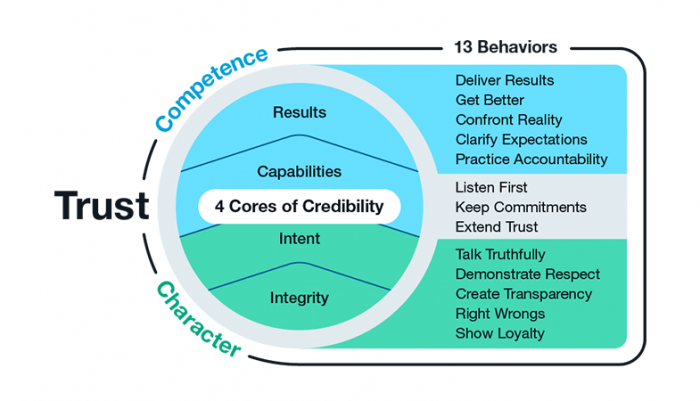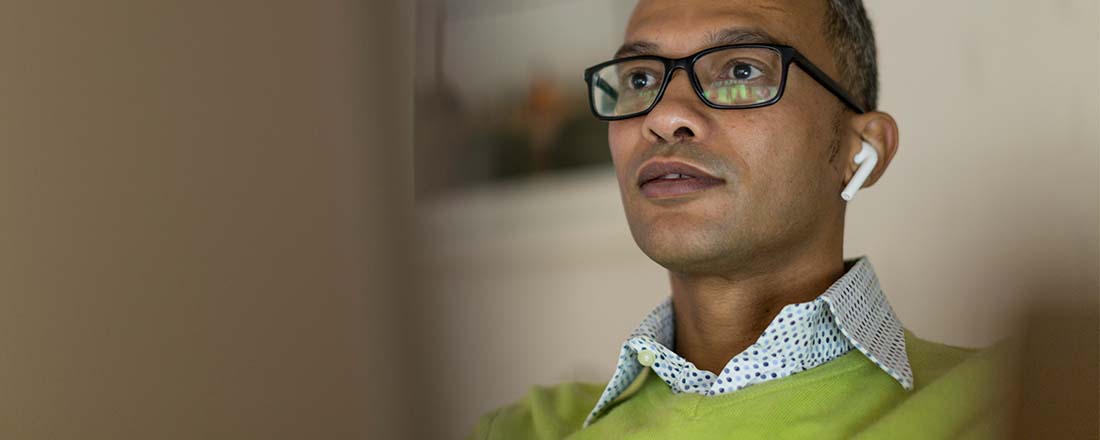Leading at the Speed of Trust®

Trust is today’s currency—and everything a leader says and does affects the level of trust on their team.
When trust is low, people become suspicious, guard communication, speculate, and disengage. As a result, productivity grinds to a crawl, and costs increase. We call these trust taxes.
When trust is high, people become confident and communication, creativity, and engagement improve. As a result, productivity speeds up and costs decrease. We call these trust dividends.
Leading at the Speed of Trust helps leaders strengthen their trust signals to convert trust taxes into trust dividends and propel their team further, faster.
Introducing Leading at the Speed of Trust with Stephen M. R. Covey:
Free Guide
A toolkit for leaders at all levels.
Free Conference
Breakthrough Impact. Built for Leaders.
Trust is a function of two things: Character and competence.
Character includes your integrity, your motive, and your intent—as seen at the bottom of the model. Competence includes your capabilities, your skills, your results, and your track record—the top of the model. Leaders will discover how to use the 4 Cores of Credibility and the 13 Behaviors® of High Trust to accelerate their team’s results.

Course Details
Leading at the Speed of Trust consists of three sessions and is available in multiple learning modalities, each includes reinforcement microlearning. An optional fourth session is available Live In-Person or Live-Online for intact teams who have completed a Speed of Trust course.
The Case for Trust
- “See” and measure the impact of trust on speed and cost of work to convert trust taxes into trust dividends.
- Understand that credibility and behavior are always connected to be a model of high trust.
Be a High-Trust Leader
- Discover evidence of high and low personal trust through the Speed of Trust Leader Assessment.
- Model personal credibility, demonstrate high-trust behaviors, and avoid counterfeit behaviors to generate trust dividends
Extend, Restore, and Develop Trust
- Prepare for and structure conversations that extend, restore, and develop trust in relationships.
Be a High-Trust Team (optional for intact teams)
- Discover evidence of high and low team trust through the Speed of Trust Team Assessment.
- Model credibility and demonstrate high-trust behaviors as a collective team.
This course is included in the FranklinCovey All Access Pass®. This pass provides your organization unlimited access to all of our content, whenever and wherever you need it.

Dynamic education and development, available online from any location.
Expert education and development delivered face-to-face.
Content available to your people anywhere, any time.
* Khoury, Ghassan, and Steve Crabtree. “Are Businesses Worldwide Suffering From a Trust Crisis?” The Real Future of Work: The Trust Issue 3. (February 6, 2019) Gallup.
†Johannsen, Rebecca, and Paul J. Zak. “The Neuroscience of Organizational Trust and Business Performance: Findings from United States Working Adults and an Intervention at an Online Retailer.” Frontiers in Psychology 11 (January 11, 2021).
‡ Bush, Michael C. Essay. In A Great Place to Work for All: Better for Business, Better for People, Better for the World, 58–60. Oakland, CA: Berrett-Koehler Publishers, 2018.












